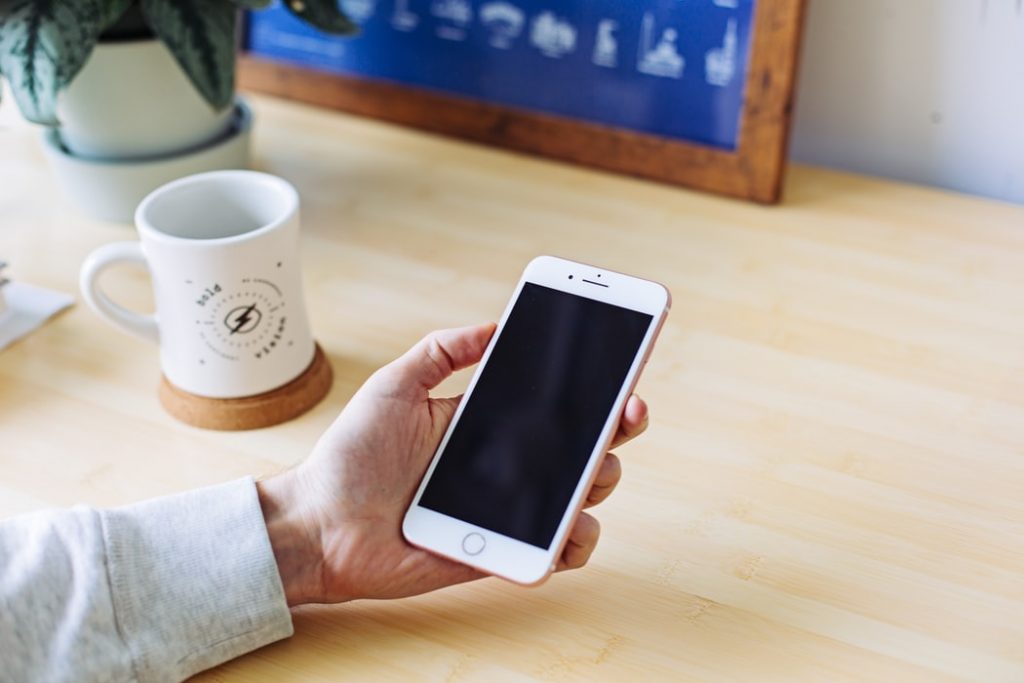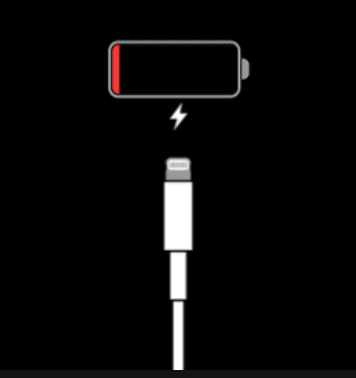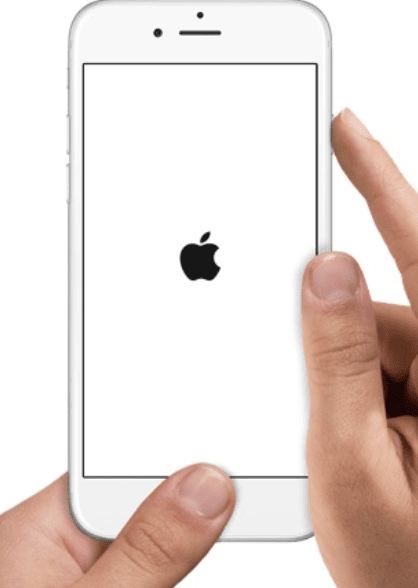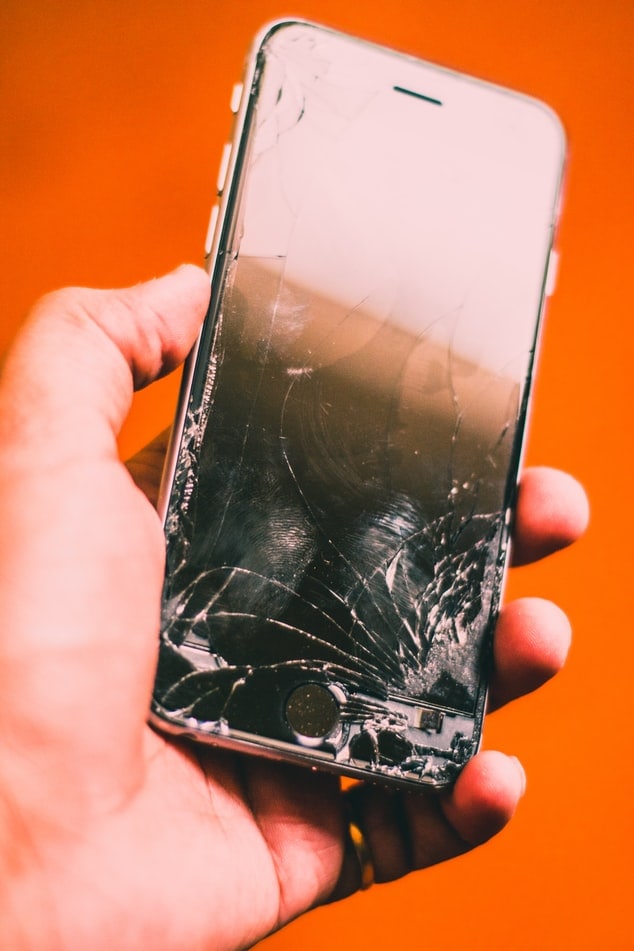Our iPhones are extensions of ourselves. So, there’s nothing worse than hitting the power button and getting nothing. iPhones are pretty sturdy and can last for five years or more if taken care of correctly.
But if one slips out of your hands or you spill a cup of coffee on it, that’s a different story. In this article, we’ll run through some of the common reasons why your iPhone is completely dead. Some solutions are easy as connecting your iPhone to the power cord while others may need expert assistance at the Apple Store. We’ll even give you tips on what to do if AppleCare no longer covers you.
Without further ado, here’s everything you need to know about entirely dead iPhones.

Why is My iPhone Dead?
Several issues may be causing your iPhone to not power on. Some of the most common reasons include:
- The battery is completely depleted and needs to be charged.
- iOS has crashed or suffered a severe error causing the screen to be black
- A hardware problem including a damaged motherboard or faulty battery.
- Water damaged
Note: If your iPhone is water damaged, that will require a very different approach than other causes. You should absolutely avoid turning on the iPhone or plugging it into the charger if it has suffered water damage. The next step is removing the moisture while moving the iPhone as little as possible because you don’t want it to spread around the inside.
Finally, place desiccants on top of the phone to absorb the moisture. You can get more info from our guide to fixing iPhone water damage.
Tip 1: Charge Your Phone for an Hour or More

In a similar way that it’s not right for you to ultimately drive your car until it runs out of fuel, the same thing goes for iPhones. The difference, however, is you can fill your car up with gasoline and can start driving again immediately. With iPhones, it takes time to recover from that state.
If your iPhone automatically shuts down because of depletion or even cold weather, you’ll need to give it time to get the battery backup. If your iPhone is dead, leave the device charging for a few minutes. You may not see anything at first if it’s completely dead.
Eventually, a charging mode icon should appear on the screen. Wait another 20-30 minutes, and you should be able to access your phone as usual. In some cases, you may have to do a restart after it’s gotten enough charge.
Tip 2: Hard Reset

When you restart your phone, that’s also known as a soft reset. Soft resets keep most of your existing data in place while helping get your phone back in order. Hard resets clear the RAM (don’t worry, it won’t delete any saved data on the drive) and goes a few steps further. If you ever experience a frozen screen or another issue, including if your iPhone is dead, then a hard reset is a good option for you.
How To Hard Reset:
For iPhone 8, iPhone X, , iPhone XR, iPhone XS, iPhone 11, and newer:
Press and release the Volume up button on the left side, then press and release the Volume down button. Keep holding the sleep/wake button until you see the Apple logo screen.
iPhone 7/7 Plus:
Hold down the Volume down button and sleep/wake button for about 10 seconds. Release when you see the Apple logo appear
iPhone 6S or earlier:
Hold down the home button and sleep/wake button for 10 seconds until the Apple logo appears on your screen.
Tip 3: Connect to Your Computer
For a long time, it hasn’t been necessary ever to connect your iPhone to your computer. They come straight out of the box ready to use. But, connecting to your computer can tell you a few different things.
If your computer recognizes the iPhone via the USB connection, then it means your iPhone isn’t completely dead. It just may be suffering from a software or hardware issue.
Open iTunes and see if you can access your iPhone. If you can, now would be a good time to back up your device to prevent data loss. If there are any system updates available, be sure to download and install them. This may be enough to knock your iPhone back into shape.
There are some third-party software tools you can check out Dr.Fone and EaseUS MobiSaver. If you’ve already synced your data, these may not be worth it, so weigh your options.
If your computer is unable to recognize a device is connected to it, then you may have very severe hardware or software issues going on.
Tip 4: DFU Mode
If your iPhone is dead, you’ll need to put your device in DFU mode. DFU mode stands for device firmware update and is the ultimate software solution for iOS problems. You can use it to not only restore dead phones, but jailbreak, reverse jailbreak, and downgrade.
It works by putting your iPhone into a state that allows it to interact with iTunes on either Windows or Mac without starting iOS. You can then use it to restore your iPhone to factory settings along with a clean install of iOS to get it running again.
Working with DFU mode is a little tricky and does take a little patience. You may have to repeat these steps a few times to get it working:
For iPhone 8 and Above:
- Connect your iPhone to a computer with the USB cable
- Press the Volume Up button
- Press the Volume Down button
- Hold down the Side button until the screen turns black. Next, hold the Side button and Volume Down button at the same time
- Release the Side button after 5 seconds while you continue to press the Volume Down button
- Note: If the side button appears, you help the Side button for too long
- When the device is in DFU mode, nothing will appear on the screen. However, iTunes will alert you that it detected a device in recovery mode.
- Note: If your iPhone displays a screen telling you to connect to iTunes, repeat these steps. It may take several tries to get it to work correctly.
For iPhone 7/7+:
Connect the iPhone to your computer with the USB cable.
- Hold both the Side button and Volume Down button
- Release the Side button after 8 seconds while continuing to press the Volume Down
- If you see the Apple logo on the screen, you held the Side button for too long
If the device has successfully entered DFU mode, nothing will appear on the screen. If your device displays a screen telling you to connect to iTunes, repeat these steps
For iPhone 6S or earlier:
- Connect the iPhone to your computer with a USB cable.
- Hold down both the Home button and Lock button
- Release the Lock button after 8 seconds while you continue holding the Home
- If the Apple logo appears on your device, you pressed the Lock button for too long
- If the device has successfully entered DFU mode, nothing will appear on the screen. However, if a message appears on the screen telling you to connect to iTunes, you need to repeat these steps.
Tip 5: You Have a Hardware Issue
If you’ve run through all these tips and your iPhone is still dead, you likely have a hardware issue. Hardware problems could be anything from damaged logic and motherboards to faulty batteries or more.
If your iPhone is still under AppleCare, you should take your phone to the Apple Store and see what they say. Do note that even if you are still under coverage, the repair may fall outside the warranty.
iPhone Completely Dead, Now What?

If none of these steps have helped you or if Apple has said repairing your device will cost more than it’s worth, don’t despair. There are plenty of places where you can easily and quickly sell a broken iPhone.
Don’t expect to get as much as you would for a working phone, but depending on the age and model of your iPhone, you should be able to offset at least some of the cost of buying a new device. Broken or not, click here to get an instant quote for how much your iPhone is worth.
Visit the Buyback Boss Blog for more iPhone repair tips. Has your iPhone internet been slow? Find out how to fix that in this guide. Or here’s what you need to do if you’re having issues with your iPhone display. Find out everything you need to know about iPhones, Apple, and so much more on our blog now!






